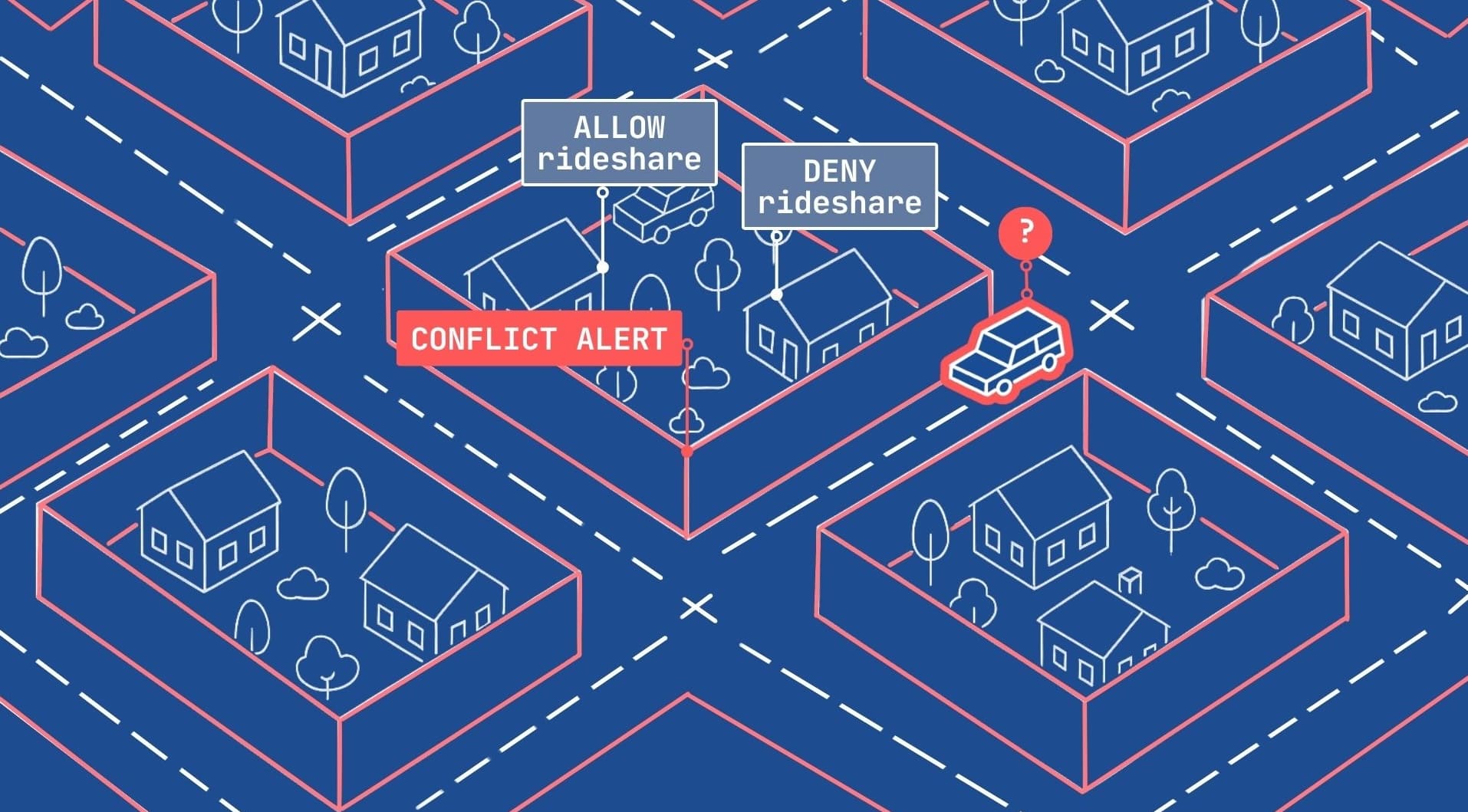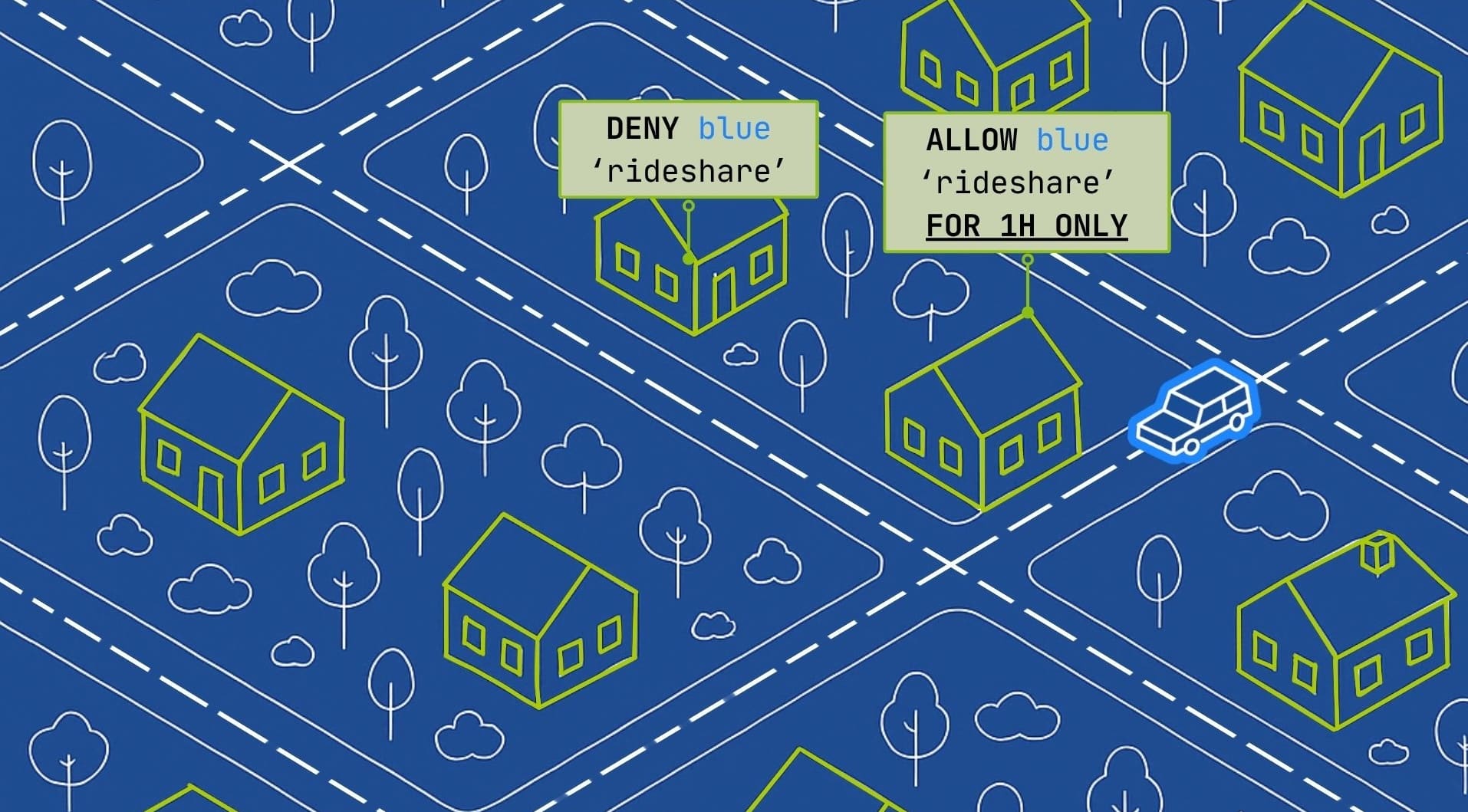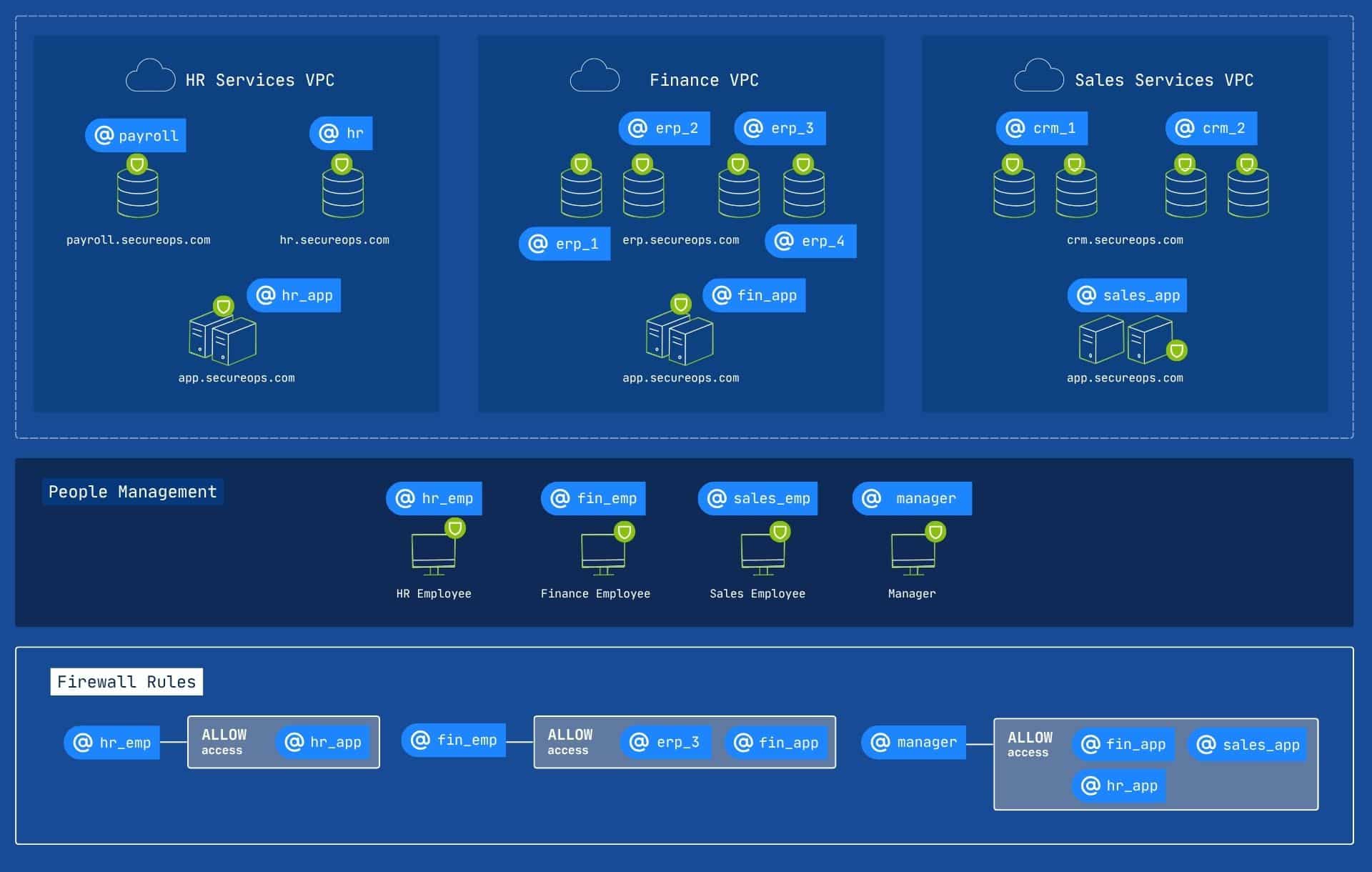ARTICLE
Introducing Picosegmentation
Microsegmentation was a good start—now let’s make it more secure and easier to maintain

By Barbara Tallent
The Introduction of Microsegmentation
Microsegmentation was first introduced around 2014 by VMware. The idea was simple: break up the network into smaller pieces so that if someone gets in, they don’t get everything. Instead of the attacker gaining access to your whole environment, they’re limited to one slice. It was a good idea at the time.
The idea started with the (Swiss) banks and the notion of a “network zoning concept.” The arrival of Software Defined Networking (SDN) presented a much easier way to create and manage all those zones.
Microsegmentation meant defining security around applications, environments, tiers, or groups of people You’d build smaller zones inside your network, often with software firewalls, and then write rules for what could talk to what. It was a step up from broader network segmentation, which mainly divided traffic by subnets or VLANS.
The Limitations of Microsegmentation
To say that microsegmentation is complex at scale is a bit of an understatement. In today’s world where we are constantly adding new IoT devices, AI agents, and AI models, microsegmentation architects must determine for every one of those new elements which segment they live on, who can access them from different segments, and then set up all those crossfunctional rules.
As an analogy, imagine that your city wanted to offer more protection to citizens, so they built walls around each neighborhood and people would need to be authorized to cross those boundaries. So if you and your friends want to take a hike in a different neighborhood, you would each need authorization to cross those boundaries. Now imagine there is a new AI service that multiple people want to access, for this analogy we will call this a new rideshare business. The business must be authorized in every neighborhood individually. You can see how this would be extremely difficult to maintain over time.

Introducing Picosegmentation
Moving on with our analogy, imagine that, instead of putting walls between neighborhoods, each person was protected individually. You could have a policy manager in the city who decided what services would be accessible, but the control could be at the individual level. This is what the atPlatform provides for security. Each element including services, servers, cloud instances, AI agents, AI models, IoT devices, or humans can be individually protected. In our analogy, each person would decide who had access to them.
This vastly simplifies network management while increasing security. If a bad actor gets into one device, they can only get into that device, they can’t make a lateral movement to other devices or services. This not only makes everything on the network safer, but it discourages attacks because the payoff is so low.
This architecture of picosegmentation is Zero Trust by design. Nothing trusts anything on the network by default. The atPlatform is an implementation of picosegmentation that cryptographically authenticates who you are at every interaction. Additionally, the atPlaform switches the current model of “connect then authenticate” to “authenticate then connect,” further limiting the potential attack surface.

Network Segmentation vs. Microsegmentation vs. Picosegmentation
Here is an overview of the differences between network segmentation, microsegmentation, and picosegmentation:
Implementation
The nice thing about network segmentation is that you can implement it over time, segmenting new networks as they come online. But with microsegmentation, you must decide on how zones are going to be set up and basically switch to microsegmentation as a whole. The implementation of microsegmentation is a much larger project, time intensive, and expensive.
However, picosegmentation is far simpler to implement. You can start with something simple like NoPorts and implement it first for your most critical resources – something like remote access for admins to important servers. As new services come online, such as AI agents or IoT resources, you can implement picosegmentation for anything new, then go back over time to bolster your entire network security profile over time with picosegmentation.
Microsegmentation in Practice

Picosegmentation in Practice

Diagram 4: With picosegmentation, the focus shifts to protecting individual elements within and across all VPCs. For HR, Finance, and CRM services, each interaction between any two elements (e.g., a user accessing a specific HR application, or a finance service interacting with a CRM module) is individually authenticated and authorized. This eliminates the need for complex firewall rules between VPCs, as security is enforced at the point of every connection, dramatically simplifying management while vastly enhancing overall security and limiting lateral movement.
Try out picosegmentation today with a free trial of professional NoPorts. A separate free version is available for personal use.
AI Sprawl: The Network Nightmare Caused by the AI Security Paradox
AI Sprawl is the resulting network complexity that occurs when enterprises must deploy many specialized AI agents to secure and govern the use of large language models (LLMs).
Why the Model Context Protocol (MCP) Demands a Structural Rethink of AI Security
AI agents using MCP bypass traditional network security, demanding an identity-first, Zero Trust architecture to eliminate the risks created by exposed ports and centralized tokens.
Why Our Cybersecurity Industry Is Fundamentally Broken
The $200B cybersecurity paradox is that breaches worsen because the industry’s flawed economic model rewards liability transfer over true prevention, making a shift to preemptive, connectionless Zero Trust necessary.
Governing AI: Essential Questions for Board Members to Ensure Safe and Secure Deployment
As AI transforms business, board members must ask critical questions to oversee its safe, secure, and ethical deployment and mitigate new, evolving risks.
Why Most AI Projects Fail and What to Do About It
How to stop AI project failures! Learn how Model Context Protocol (MCP) & Atsign’s atPlatform deliver secure, trustworthy, & compliant AI deployments with clear ROI.




